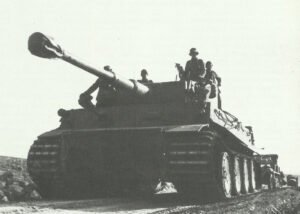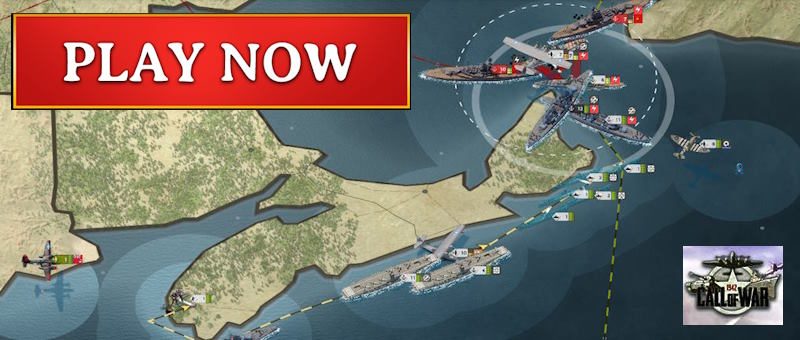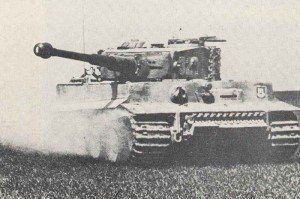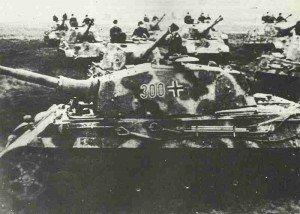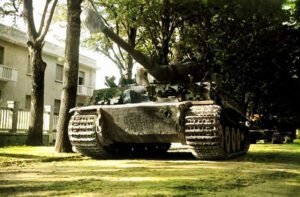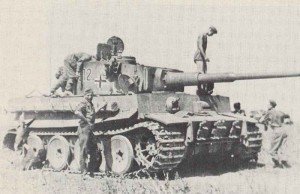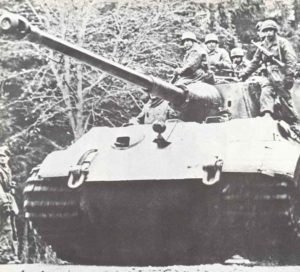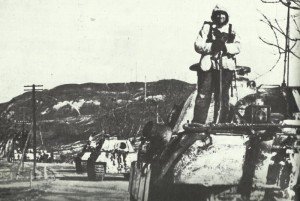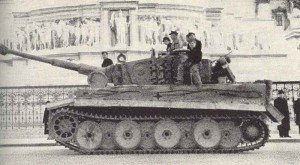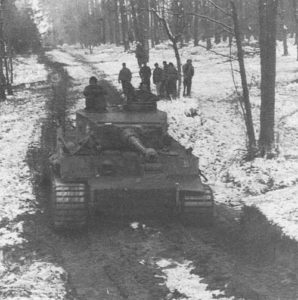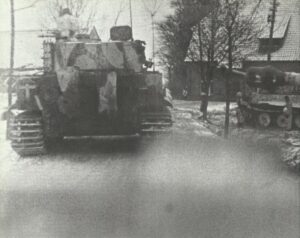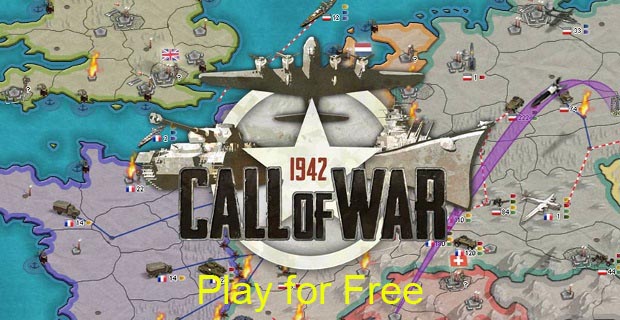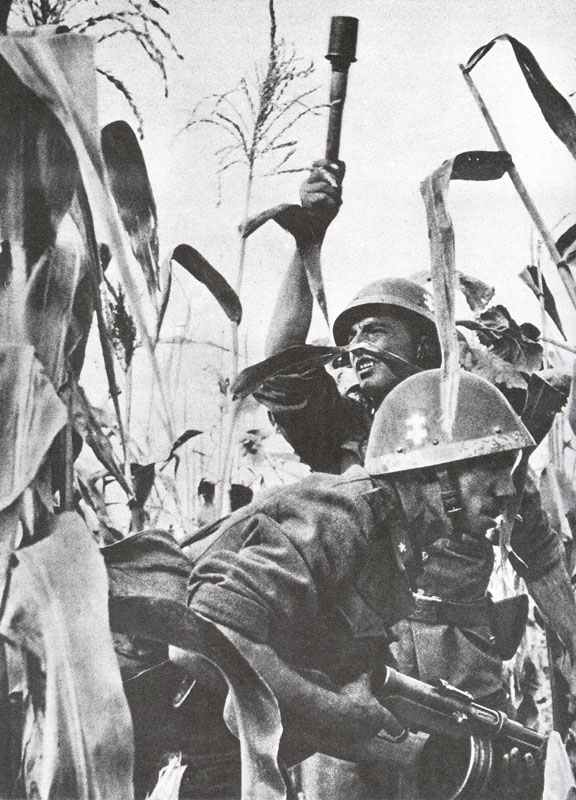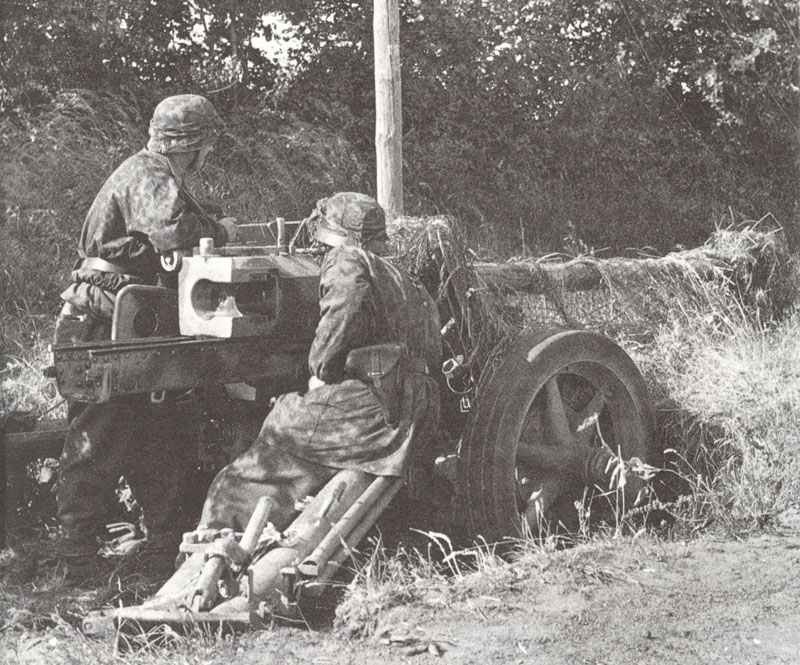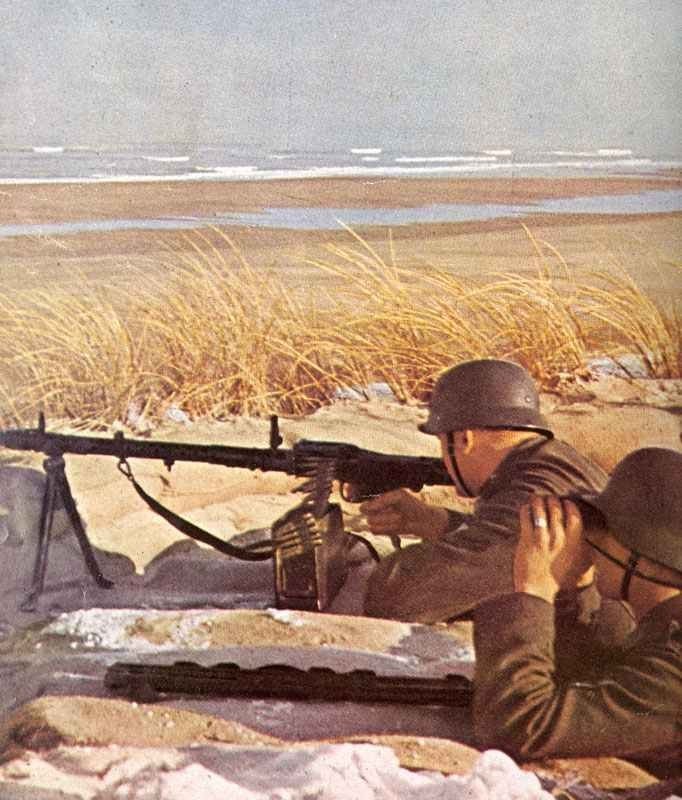The Tiger Battalions of the German Army in the Second World War 1943 to 1945.
Since the first Tiger tanks appeared on the battlefields of the Second World War, they have gained legendary fame.
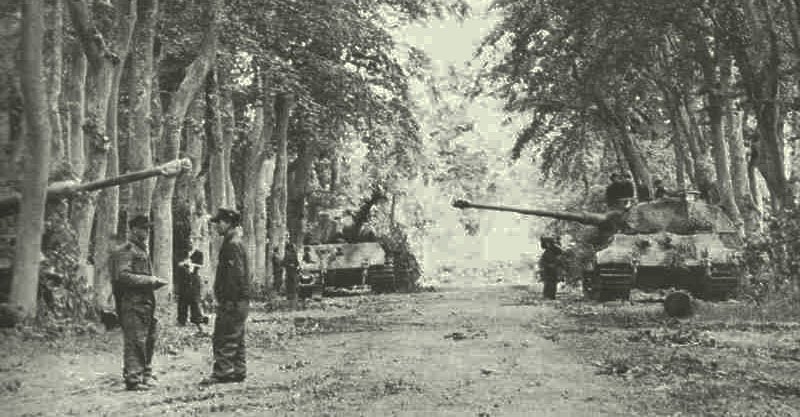
When the PzKpfw VI Tiger I first rolled out of the factories in September 1942, it was the most powerful battle tank in existence.
Its frontal armor was virtually invulnerable to all known anti-tank weapons and its 8.8 cm KwK was capable of destroying any known enemy tank at longer distances before it could even effectively engage the Tiger I with its main armament.
For this reason, the deployment of units equipped with an outstanding weapon system with such remarkable successes as the Tiger tank is practically equivalent to the elite units of the Wehrmacht.
Tiger Battalions
Table of Contents
The Tigers were only very expensive to produce in terms of materials and manpower, so they were treated with care. In the early days of their availability, they were also assigned to various elite divisions, such as Panzergrenadier-Division Grossdeutschland, Fallschirm-Panzer-Division Hermann Göring and the first three Waffen-SS divisions.
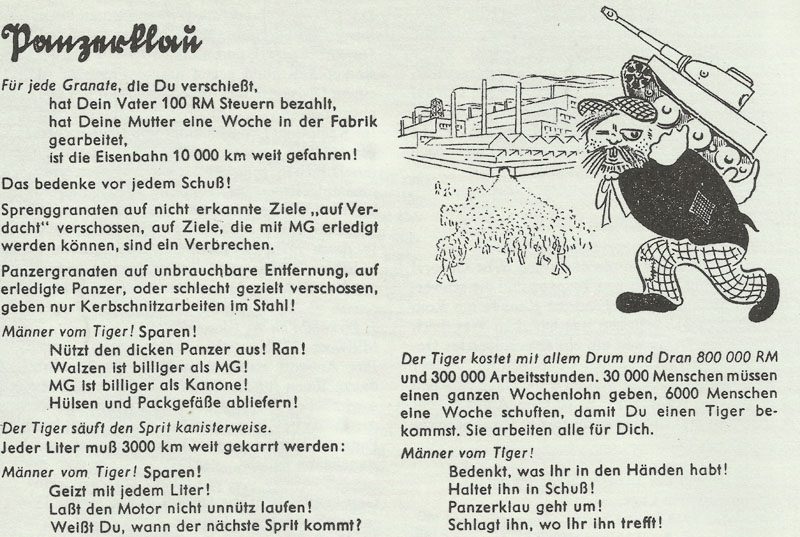
But in general the Tiger tanks were formed in ‘Schwere Panzer Abteilungen’ (equal to ‘Heavy Tank Battalions’; ‘Abteilung’ literally means detachment), which were subordinated as reserves to the corps, army or even army group staffs. These higher staffs could then decide which of their front sections most likely needed this effective support, and so they were always moved from one important section to the next.
Heavy Tiger battalions of the German army
Schwere Panzer-Abteilung 501
The units sent to North Africa were forced to capitulate in May 1943 together with Army Group Africa. However, the battalion was replenished with the help of other companies that had remained in Europe and were now carrying out occupation duties in France.
After the battalion had regained its full strength, it was sent to the Eastern Front and was immediately involved in defensive battles near Vitebsk and Gorodok.
In July 1944 the battalion was re-equipped with the even more powerful King Tiger tank. Afterwards it fought in the defense during the retreat of the German armies through Poland, where it was involved in particularly heavy fighting near Radom and Kleice.
In December 1944 the sPz.Abt.501 (short for ‘Schwere Panzer-Abteilung 501’) was disbanded and used to establish the new sPz.Abt.424, which was subordinated to the XXIV Panzer corps. In practice, however, this was hardly more than a renaming, as the battalion remained under the previous commander at the same front section. Finally, the new battalion was disbanded in February 1945.
The commanders of the battalion were Major Erich Löwe from September to December 1943, Lieutenant Colonel von Legat from January to August 1944 and Major Saemisch from August 1944 to February 1945.
Schwere Panzer-Abteilung 502
The Tiger tanks were used without accompanying infantry in unsuitable terrain in the attack, allowing the Russians to fire on the more sensitive flanks. Some of them were only lost because their track drives could be damaged by enemy infantry.
This allowed the Soviets to capture several nearly intact vehicles and uncover their secrets before the heavy tank was even delivered in any appreciable force.
The battalion remained with Army Group North in the northern section of the Eastern Front until the great Soviet summer offensive of 1944, when it had to retreat to Kurland. At the end of 1944 it fought in the defense around Memel and Königsberg.
In early 1945 the unit was re-equipped with Tiger II and renamed sPz.Abt.511.
Until the final surrender to the Red Army on May 9, 1945, only this heavy tank battalion alone had destroyed about 2,000 Soviet armored vehicles.
The commanders were Captain Arthur Wollschläger from November 1942 to February 1943, Major Richter from February to July 1943, Captain Erich Schmidt in July and August, Captain Lange from August to October 1943, Major Willi Jähde from October 1943 to March 1944, Major Schwander from April to August 1944 and Captain von Foerstner.
Schwere Panzer-Abteilung 503
The battalion took part in the heavy fighting in the Battle of Kursk in July 1943, before being attached to the tank regiment Bäke. Together the unit fought in the battles of Cherkasy, knocking out more than 260 enemy tanks within the period of only five days.
The battalion remained with the regiment until April 1944, when it was transferred to the west for conversion to Royal Tigers. After the Allied landing on D-Day, it became involved in the Normandy Battles from June 1944, where it lost many of its new heavy tanks to enemy fighter bombers and the shelling of heavy ship guns.
After the battalion had been completely refreshed and equipped again, it was sent back to the Eastern Front in September, where it participated in the defense of Hungary.
In January 1945 it was renamed to sPz.Abt. ‘Feldherrnhalle’ and was attached to the Panzergrenadier Division of the same name. Together they were worn down in the last battles on the Eastern Front.
The commanders were Lieutenant Colonel Post from May 1942 to January 1943, Lieutenant Colonel Hoheisel from January to May 1943, Captain Clemens Graf von Kageneck from May 1943 to February 1944, Captain Rolf Fromme from February to December 1944 and Captain Nordewin von Diest-Koerber from December 1944 to January 1945.
Schwere Panzer-Abteilung 504
To re-equip the unit was then transferred to Holland, from where it returned to Italy in June 1944. There it took part in operations to contain the Allied bridgehead at Anzio and then in the defense of the Goths Line against British troops.
The heavy tank battalion remained in Italy until the German surrender.
Its commanders were Major August Seidensticker from February to May 1943, Captain Kühn from November 1943 to September 1944 and Major Nill from September 1944 to May 1945.
Schwere Panzer-Abteilung 505
It then came under the command of Army Group Center and fought at Smolensk.
In the late summer of 1944 the battalion was converted to Tiger II and then deployed in the defensive battles for East Prussia, where it provided heavy support for the 24th and 25th Panzer divisions. It was heavily involved in the defense at the Narew bridgehead and remained in the cut off East Prussia until the end of the war.
The commanders were Major Bernhard Sauvant from February to August 1943, Captain von Karlowitz from August to September 1943, Captain Werner Freiherr von Beschwitz from September 1943 to November 1944 and Major Senfft von Pilsach from November 1944 to April 1945.
Schwere Panzer-Abteilung 506
It was withdrawn from the front in August 1944 and transported to Germany, where it was converted to Tiger II.
In September 1944 it was in action again after the allied airborne operation at Arnhem near Oosterbeck. In November 1944 it received a fourth company, which was unusual for the heavy Tiger detachments.
The reinforced battalion then saw operations in the Ardennes offensive (Battle of the Bulge) and was at the end in the Ruhr pocket, where it had to surrender to US forces in April 1945.
The commanders were Major Gerhard Willig from July to October 1943, Major Lange from October 1943 to January 1945, Captain Heiligenstadt in January and February 1945, and Captain von Römer from February to April 1945.
Schwere Panzer-Abteilung 507
After being re-equipped with Tiger II in February 1945, the battalion returned to the Eastern Front. There it fought defensive battles in Czechoslovakia during the last months of the war.
After the battalion had lost all its Royal tigers in the battles, the surviving soldiers made their way westwards to surrender to US troops. However, they were intercepted by the Red Army and fell into Soviet captivity.
The commanders were Major Erich Schmidt from September 1943 to August 1944 and Captain Fritz Schöck from August 1944 to May 1945.
Schwere Panzer-Abteilung 508
The remaining personnel returned to Germany and was distributed to other units.
The commanders were Major Hudel from January to May 1944 and Captain Stelter from August 1944 to February 1945.
Schwere Panzer-Abteilung 509
At the end of 1943, during the fighting for Kaminetz-Podolsk, it was temporarily assigned to the 2nd SS-Panzer-Division Das Reich.
In the summer of 1944, following the Soviet summer offensive, the battalion was involved in heavy defensive action in the southern section of the Eastern Front, again near Kiev and Zhitomir.
At the end of 1944 it was sent back to Germany, where it was converted to Tiger II at the Sennelager military training area.
In January 1945 it was then sent to Hungary, where it was an element of the IV SS Panzer Corps. After the failed counter-offensives on Budapest it was pushed back bit by bit to Austria, where it surrendered to American forces. By this time it no longer had any tanks and the entire vehicle fleet consisted of a amphibious VW Schwimmwagen, a radio car and a truck.
The commanders were Hannibal von Lüttichau from August to November 1943, Major Gierka from November 1943 to February 1944, Captain Radtke from February to March 1944, Captain Hans-Jürgen Burmester from March 1944 to February 1945 and Captain Dr. König from February to May 1945.
Schwere Panzer-Abteilung 510
The elements at the 14th Panzer Division saw heavy fighting in the Kurland pocket in early 1945, and in March 1945 two companies were withdrawn to Kassel in Germany, while the remaining 13 Tiger I were incorporated into the 14th Panzer Division.
The last of these Tigers was lost on May 8 and the battalion surrendered with the other survivors of the hard Kurland battles to the Red Army.
This was the only heavy tank division which was never equipped with the King Tiger and all its tanks were made of late models of the Tiger I.
References and literature
Krieg der Panzer (Piekalkiewicz)
German Army Elite Units 1939-45 (Osprey, Gordon Williamson)
Verbände und Truppen der deutschen Wehrmacht und Waffen-SS im Zweiten Weltkrieg 1939-1945 (Bundesarchiv-Militärarchiv und Arbeitskreis Wehrforschung)
Tigers in Combat I + II (W. Schneider)
Sledgehammers: Strength and Flaws of Tiger Tank Battailions in WWII (C.W.Wilbeck)
Tiger tanks (Michael Green)


